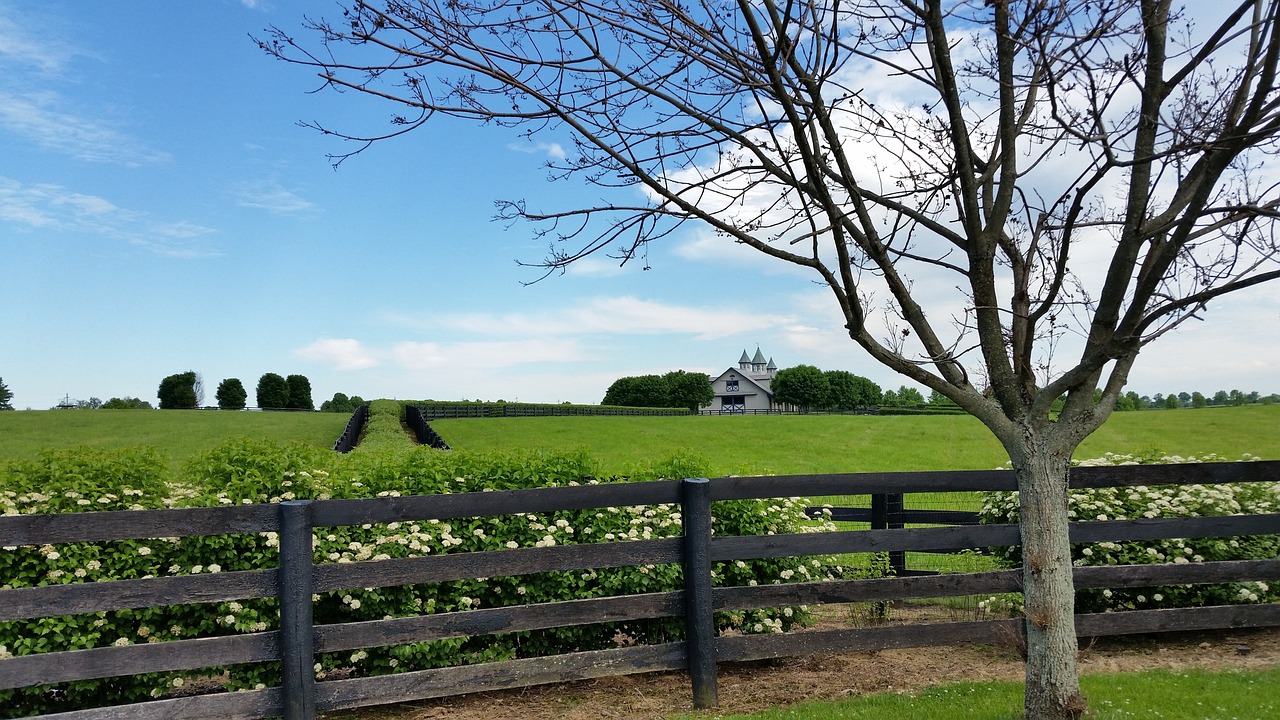By Scott Elston
“Working capital” or “liquidity” are terms you may hear from your lender or see in various financial reports. Though this lingo may be foreign, having these in your business are critical to lasting success when operating in the volatility faced in production agriculture.
Simply put, working capital is cash or assets that can be quickly turned into cash and are not obligated to someone else. Having this storehouse of liquidity positions you to quickly take advantage of opportunities that arise without borrowing money. Working capital is also a critical buffer when profits are short due to market or weather factors by allowing you to meet debt payments despite farm losses. This keeps you in business when others falter.
Determining the right amount should be in relation to your specific business and circumstances. Some “rules of thumb” for minimum working capital levels are:
10-15% of your adjusted gross income or,
$300/head for breeding animals.
It is no small task, yet building and maintaining a sound working capital position puts you in greater control of your own destiny. When adversity arises, you can take advantage of opportunities rather than becoming one for someone else.


